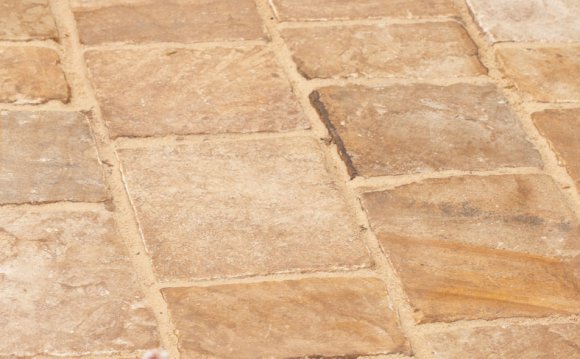
 Bring the colors associated with the outdoors globe indoors with normal stone tile. Prized for its strength and durability and for its special beauty, all-natural rock has-been a well known floor and accent material for years and years. Obtainable in an almost limitless variety of colors and habits, rock floors has actually a clear, classic overall look and feeling that changes easily to both contemporary and old-fashioned design and it is impractical to replicate in artificial products.
Bring the colors associated with the outdoors globe indoors with normal stone tile. Prized for its strength and durability and for its special beauty, all-natural rock has-been a well known floor and accent material for years and years. Obtainable in an almost limitless variety of colors and habits, rock floors has actually a clear, classic overall look and feeling that changes easily to both contemporary and old-fashioned design and it is impractical to replicate in artificial products.
Along with good looks, the advantages of normal rock include:
Timelessness
Rock is a natural product which anchors rooms with a feeling of permanence. Quickly maintained and constantly adaptable, rock floors is an investment that endure a very long time rather than walk out style.
Flexibility
The variety of products make rock floor coverings open to fit any architectural kind or interior theme. Stone tiles or planks in new shapes and sizes be able generate beautifully custom floors and wall impacts.
Durability
Forged by time, rock has actually an energy that's unrivaled by any artificial product. Rock weathers obviously, becoming more and more attractive rather than searching worn, and it is easily renewed by refinishing or polishing. Whether you're rebuilding a turn-of-the-century bungalow or creating a chic contemporary condo, all-natural stone flooring can add on a touch of course unparalleled by other product.
Rock Types
Slate is a metamorphic stone that forms in sedimentary layers and splits quickly into slim sheets. Typically featuring a dark grey or green base, record can incorporate wild variants in color, including records of yellow, orange, rust and red. Recently installed flooring may drop slim layers of material until the flooring achieves it ideal degree. The rugged area and aesthetically interesting color habits of record ensure it is a very well-known option for both interior and outside programs.
Travertine is actually a sedimentary rock that develops normally in tones ranging from palest apricot to deep terra-cotta, often flecked with white. A somewhat soft rock, travertine resists refined, high-gloss finishes and seems supple underfoot. When allowed to age, travertine develops a matte finish and a burnished patina that adds warmth, especially in Mediterranean-style homes and French- or Tuscan-inspired kitchens. Limestone Another sedimentary stone, limestone has been pressure-treated by time, offering it more resilience and durability than travertine. This strength makes it specifically suitable for floor coverings, although limestone tiles can also be used to create impressive countertops.










